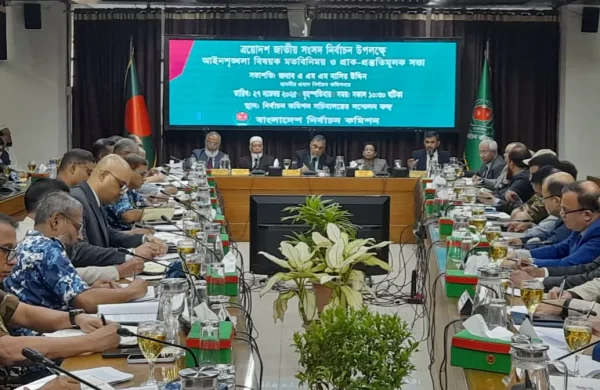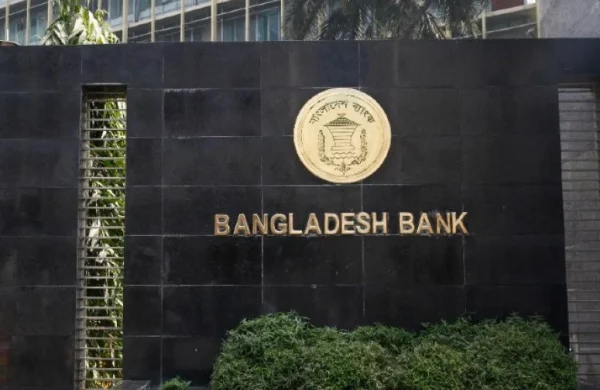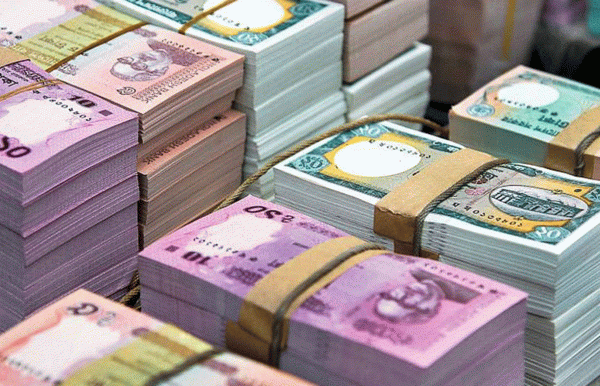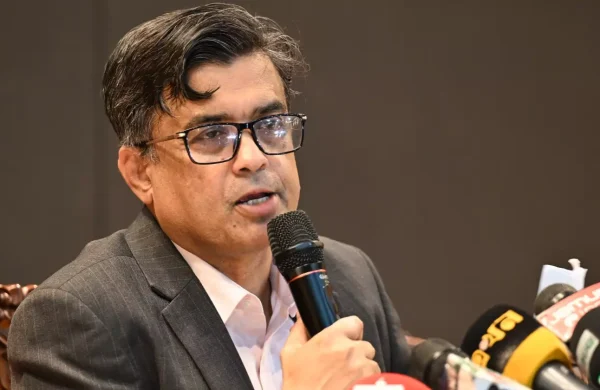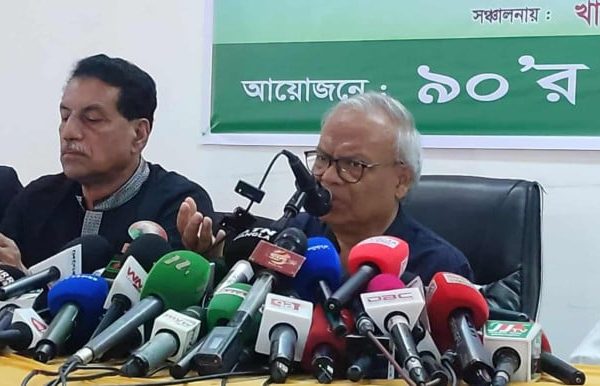BAPEX’s gas supply drops by over 33% in 16 months
- Update Time : Wednesday, November 26, 2025
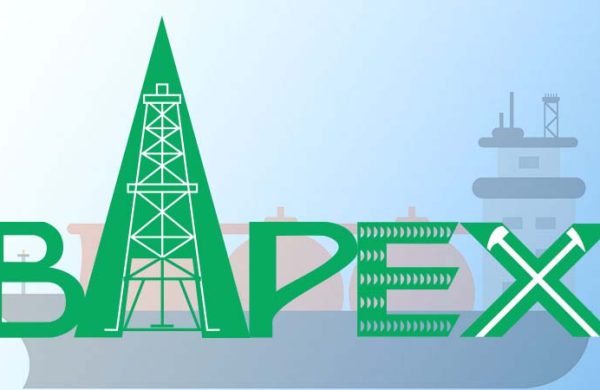
TDS Desk:
State-owned Bangladesh Petroleum Exploration and Production Company Limited (BAPEX) supplied 121 million cubic feet of gas to the national grid in early August 2024. That supply had fallen to 81 million cubic feet yesterday, November 25. Based on this calculation, the company’s supply to the grid has declined by more than 33 percent over a span of 16 months. This continued fall comes despite repeated assurances after the interim government assumed office that BAPEX would be fully utilized to boost domestic gas supply, including commitments on financing, well-drilling equipment, and other operational support.
Energy experts say BAPEX was largely sidelined during the previous Awami League government. After the interim government took office, promises were made regarding modernization, enhanced production capacity, advanced technology, and new investments. But these measures have so far remained limited to routine drilling, conventional investments, and partial rig modernization and procurement. Rather, BAPEX needed upgradation in technical skills, technological capacity, and overall development, including large investment. However, officials at Petrobangla and BAPEX claim that the company’s production has not declined. They insist BAPEX could supply more gas but is unable to do so due to infrastructure constraints.
BAPEX is engaging in oil-gas extraction and seismic surveys as a state-owned entity. The organization faced insufficient investment in these areas during the previous government. Experts believe the situation has not changed significantly under the interim government either. In the current fiscal year, three projects related to drilling and well development have been allocated over BDT 3.41 billion in the Annual Development Plan (ADP), although the government’s total expenditure estimate for these projects stands at over BDT 19.64 billion. Meanwhile, gas supply has been declining across all companies operating in the country, including BAPEX. The interim government has increased LNG imports due to lack of discovery of new reserves. As part of which, Patrobangla set a target of purchasing LNG worth nearly BDT 580 billion this fiscal year.
According to industry insiders, there are several factors in BAPEX’s inability to increase its own production. The company has been tasked with drilling wells for other companies as well. Apart from this, its extensive responsibilities in surveying and supply operations have also limited its focus on boosting production. Under the former government’s ambitious 100-well drilling plan, BAPEX was assigned a significant portion of the tasks. Many energy specialists now question that strategy.
Petrobangla data show that on August 1, 2024, the national grid received around 2.63 billion cubic feet of gas per day, of which BAPEX supplied 121 million cubic feet. As of yesterday, BAPEX’s supply had dropped to 81 million cubic feet. This means BAPEX’s gas supply has decreased by more than 33 percent in a span of more than a year. Although the company supplied more than 95 million cubic feet until several days ago, comparing August 2024 output with this month’s average still indicates a decline of over 33 percent. Monthly fluctuations occurred, but the overall downward trend remained consistent. While the Energy Division does not deny the reduction in supply, senior officials from the Ministry of Power, Energy, and Mineral Resources say all necessary measures are being taken to enhance the company’s capacity.
Asked about the decline, Muhammad Fouzul Kabir Khan, Adviser for Power, Energy and Mineral Resources, told journalsits, “It is not that BAPEX’s production is falling; rather, the reserve itself is declining. Over the span of one year, total supply has dropped by 200 million cubic feet per day, and only 60 million cubic feet has been added. BAPEX is working according to the drilling targets set to increase production. They are being given every form of support. It is no longer correct to say that BAPEX is being deprived of support.”
Despite repeated assurances about strengthening BAPEX’s capacities, the state-owned company has made little progress in rehabilitating its own wells or increasing production. Among the fields that are currently producing, output remains minimal. Only the Shahbazpur gas field in the island district of Bhola supplies slightly over 50 million cubic feet of gas per day. The remaining seven fields together produce just 30 million cubic feet.
Saldanadi gas field currently supplies 2.4 million cubic feet, Fenchuganj 3.8 million cubic feet, Semutang less than 1 million cubic feet, Sundalpur and Srikail together 11 million cubic feet, and Begumganj 10 million cubic feet. Although Rupganj is listed as a producing field, gas supply from there remains suspended.
Although around 450 BCF of gas has been discovered in BAPEX’s Bhola North field, the company has not been able to begin extraction even after a long delay. Similarly, despite the discovery of 48 BCF in Zakiganj, Sylhet, no gas from there has entered the grid to date.
A senior BAPEX official, requesting anonymity, told journalsits, “Five rigs are now engaged in drilling for BAPEX and several other companies. Once these wells are completed, BAPEX’s production will increase along with that of the other companies. Production would have been much higher if gas from Bhola could have been added to the grid. A major capacity there remains unused. Moreover, drilling is also underway onshore in locations such as Srikail and Kailashtila. Once completed, these wells will add more gas to the grid.”
BAPEX currently contributes 3.10 percent of the gas supplied daily to the national grid — down from more than 7 percent three years ago. Experts say the steady decline in output and the failure to raise production stem from technological limitations, low investment, lack of experience, and weak leadership.
Energy expert Professor Dr. Mohammad Tamim told journalsits, “Petrobangla knew production from these fields would decline. They failed to use the technologies required to maintain output, the kind Chevron used successfully to keep its wells stable for long periods. BAPEX also did not receive the level of investment necessary for drilling. It lacked the experience, skills, and leadership needed for discovering gas fields and drilling wells. The previous government did nothing in this regard, and I do not see any real improvement under the current one. That is why the impact is visible in production.”
Stating that preparations to maintain production should have begun much earlier, he further said, “Ten years ago, forecasts already showed that reserves were shrinking. Why wasn’t action taken then? Petrobangla knew this — so why didn’t they act? There was a need for institutional leadership, on which the government would invest. The current government has little room to do anything now; perhaps a new government can.”
Two other local companies also produce gas. Among them, Sylhet Gas Fields produces 138 million cubic feet per day, while Bangladesh Gas Fields Company Limited supplies 462 million cubic feet. Both companies operate roughly half the number of wells under BAPEX’s control, yet their output remains stable.
Petrobangla’s Director (Operation & Mines), Engineer Rafiqul Islam, told journalsits, “It is not accurate to say BAPEX’s production has fallen. Several of their discovered fields cannot be connected to the grid due to pipeline infrastructure constraints. In Bhola, gas use appears low because the power plants there are shut down, which makes production appear reduced. Considering the overall increasing trend, their production is stable.”




